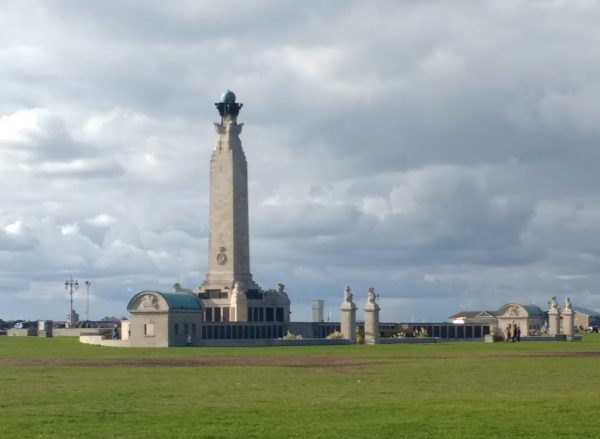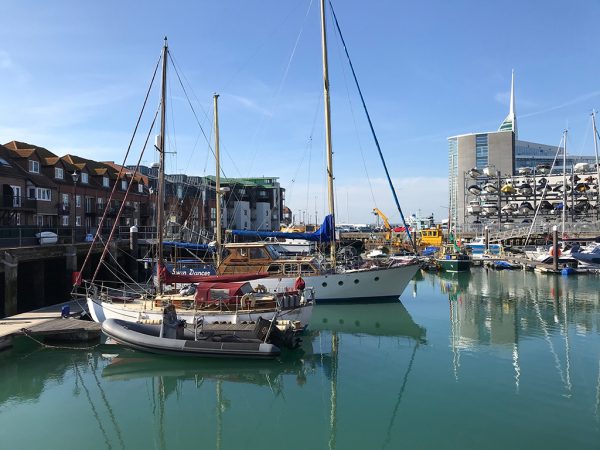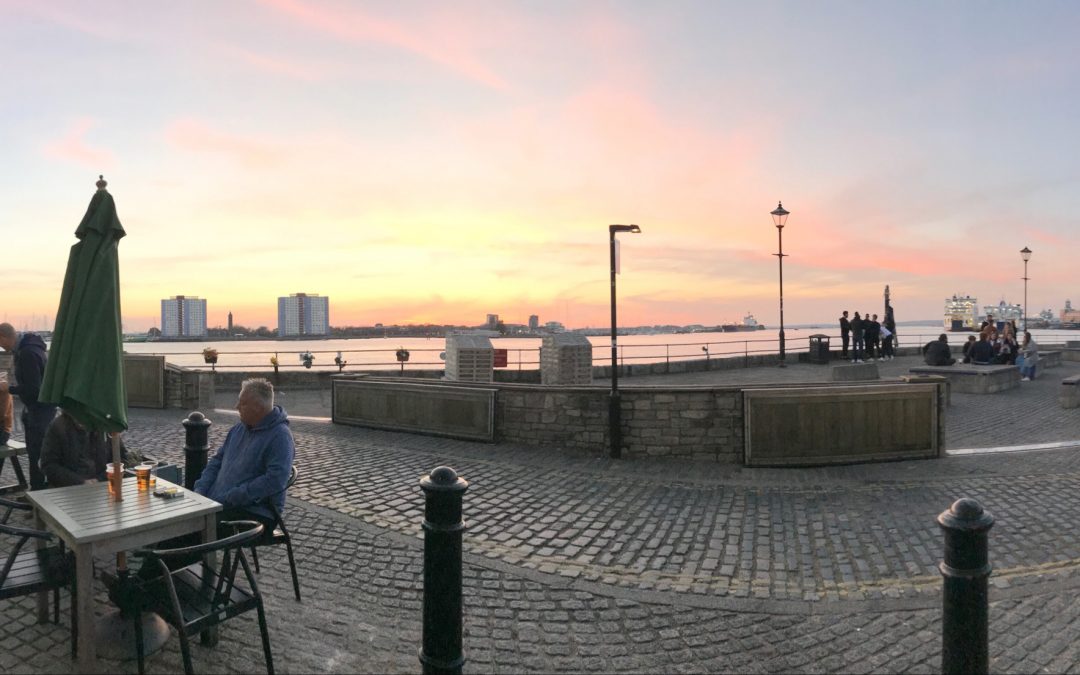Good communication saves time and money
Geoenvironmental • Regulation
 Ground & Water Senior Engineer, Darina Jurovskaja explains why communication with your Council and knowing its requirements are so important?
Ground & Water Senior Engineer, Darina Jurovskaja explains why communication with your Council and knowing its requirements are so important?
While everyone knows how important stakeholder communication is, at Ground & Water, we often notice how it can get forgotten at just about any stage of a project… And how the consequences of this, affects final outcomes. For a geo-environmental consultant, it is important to keep up to date with all relevant guidance as well as know the specific ways each Council operates, to make sure that a final report of a site investigation ticks all the Council’s boxes, to secure planning approval.
Ground & Water has recently undertaken a site investigation within the Portsmouth City Council area.
 Following a thorough search of online sources, as well historical maps and environmental datasheets; the desk-based review revealed the site, and its surroundings, had a series of possible historical contamination sources, including: tanks, incinerators and general contamination from Made Ground after construction and demolition activities, as well as ground-gas risk.
Following a thorough search of online sources, as well historical maps and environmental datasheets; the desk-based review revealed the site, and its surroundings, had a series of possible historical contamination sources, including: tanks, incinerators and general contamination from Made Ground after construction and demolition activities, as well as ground-gas risk.
While it is a standard procedure to go through a planning portal to identify any past planning applications and previous site uses, some Councils are more exacting than others and require additional information. For example, the Royal Borough of Kensington and Chelsea requires its own Land Search and review of microfiche records and the London Borough of Hammersmith and Fulham typically requires ground-gas and Volatile Organic Compound (VOC) testing. Portsmouth City Council also has its own preferences that a geo-environmental consultant must adhere to.
If you submit a Desk Study to Portsmouth City Council, it is vital to establish communication with a Contaminated Land Officer. The report must include a review of the Land Search as well as of all previous site investigations associated with your site, which may include, but not limited to, an older site walkover, any contamination testing, boreholes and trial pit logs.
 Being in communication with a Planning Officer and having access to all relevant information, helped us to identify a number of possible contamination sources, including: a former boiler room, potential asbestos-containing material at a neighbouring site and some elevated Polycyclic Aromatic Hydrocarbons (PAHs) within the soil. As the City of Portsmouth was a target for German bombers during WW2, a lot of sites within the area also require a UXO assessment. Without having the point of contact within the Council and using all the relevant data, it would have taken a long time to get approval for the application and to move to the next stage of the project.
Being in communication with a Planning Officer and having access to all relevant information, helped us to identify a number of possible contamination sources, including: a former boiler room, potential asbestos-containing material at a neighbouring site and some elevated Polycyclic Aromatic Hydrocarbons (PAHs) within the soil. As the City of Portsmouth was a target for German bombers during WW2, a lot of sites within the area also require a UXO assessment. Without having the point of contact within the Council and using all the relevant data, it would have taken a long time to get approval for the application and to move to the next stage of the project.
Producing a comprehensive Conceptual Site Model, helped us to identify areas of concern and propose a site investigation targeting these areas. While some Councils accept both Phase I and Phase II Site Investigations to be undertaken at the same time, Portsmouth City Council wants Phase I and a proposed intrusive investigation plan submitted first. No matter how desperate a client is to get on-site and start the digging, it is crucial to have every step approved by the Council. The outcome you don’t want is to undertake a site investigation, which is then deemed invalid and then having to re-do it; which then leads to spending more time and more money.
Once the site investigation is completed, a Remediation Method Statement with a Watching Brief are required by the Council, to be able to continue with any excavations associated with construction activities. It is crucial to take into account any possible outcome and any areas that you think the site investigation might not have covered, whether it was due to access issues, time limitations or anything else. Portsmouth City Council is quite particular about what a geo-environmental consultant is expected to cover within the Method Statement; and it is important to communicate each issue in a timely manner, so it can be resolve as quickly as possible. Again, without proper communication, it might take much longer for a client to get their planning application approved enabling it to go ahead with a practical side of a project. And we know how many ‘we need it yesterday’ situations we get in the construction industry.
 During the life cycle of this project, Ground & Water and our client’s communication with a Contaminated Land officer, led to a successful approval of the planning application as well as the on-time start of the foundation excavations stage of the project.
During the life cycle of this project, Ground & Water and our client’s communication with a Contaminated Land officer, led to a successful approval of the planning application as well as the on-time start of the foundation excavations stage of the project.
At Ground & Water we ensure every project is treated with the upmost care and attention, as well as developing a relationship between us – the consultant – and the Planning Officer, so we can work together and get the desired outcome for the client.
